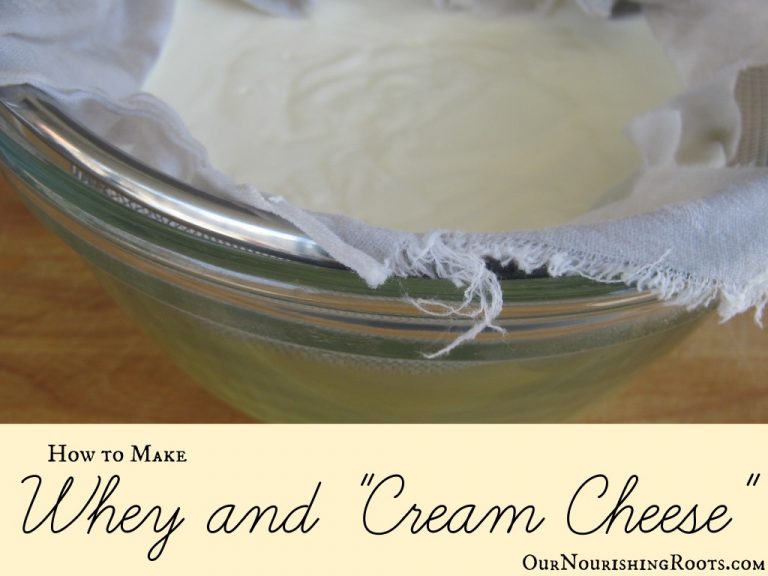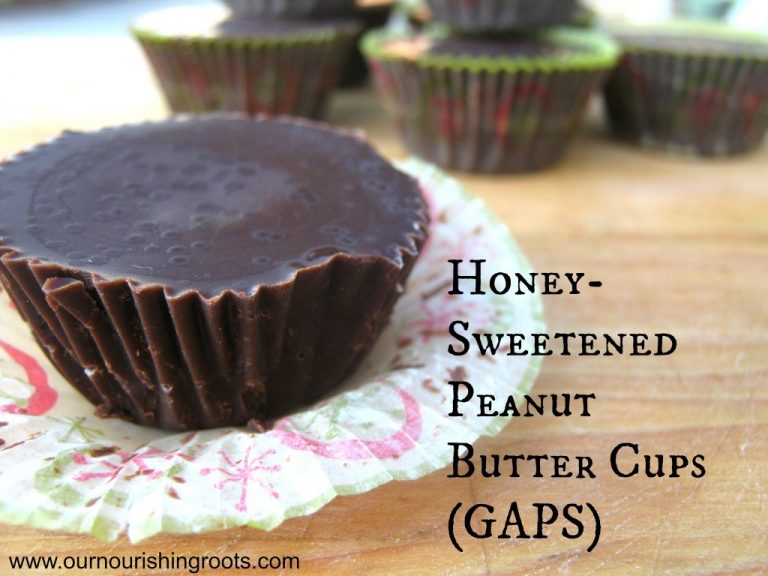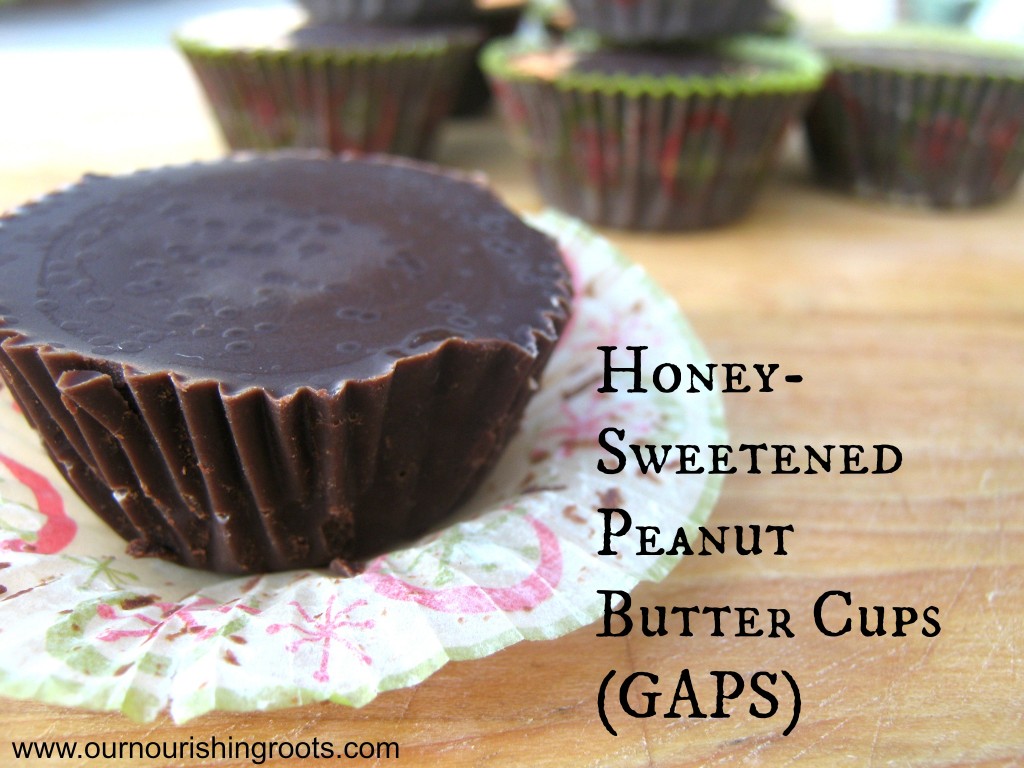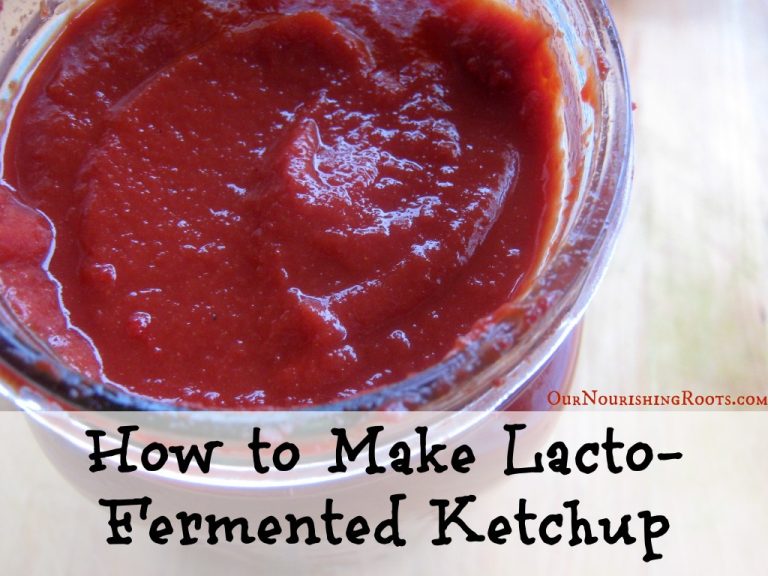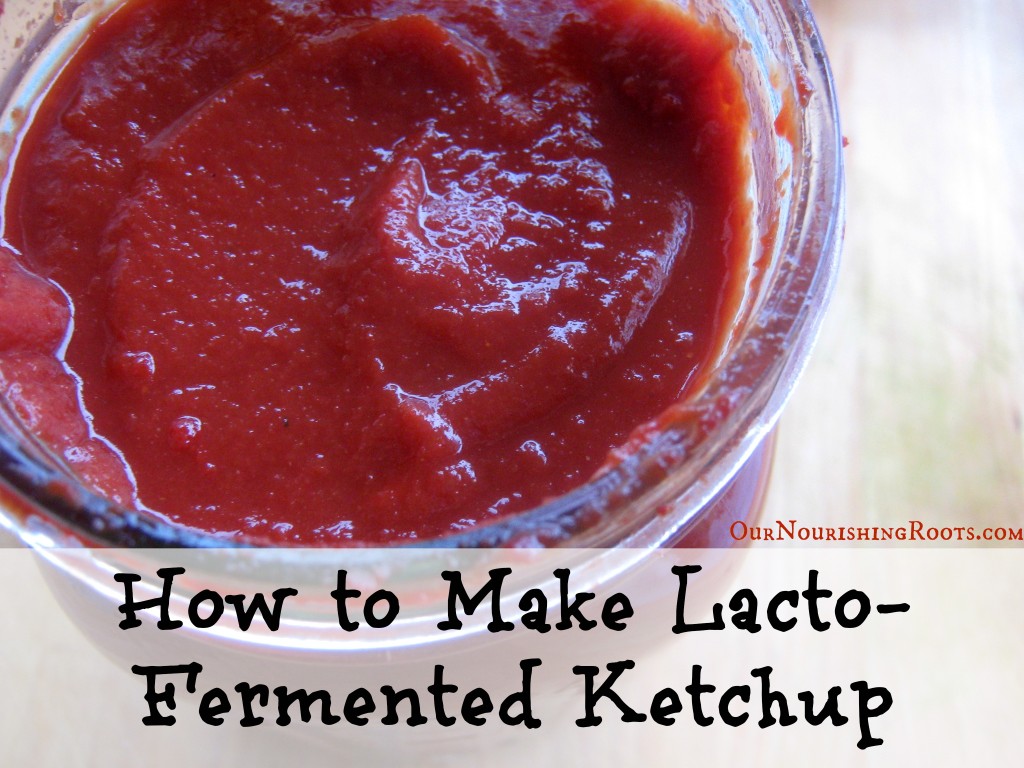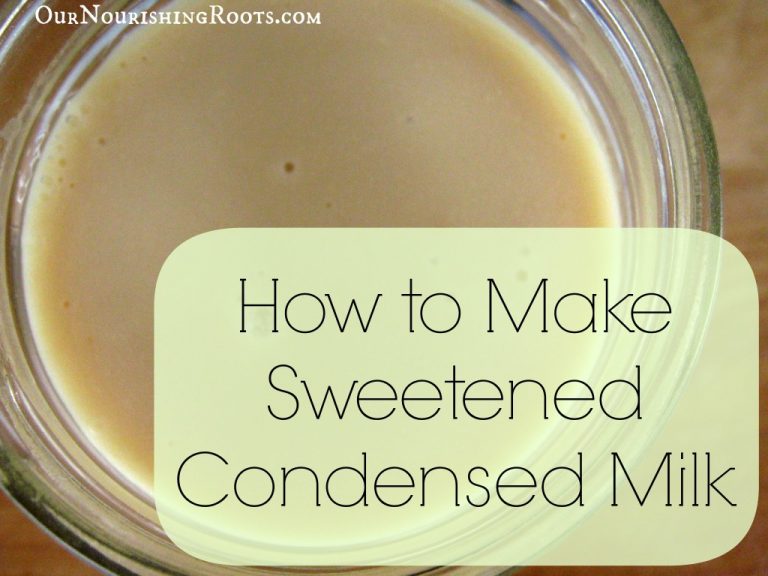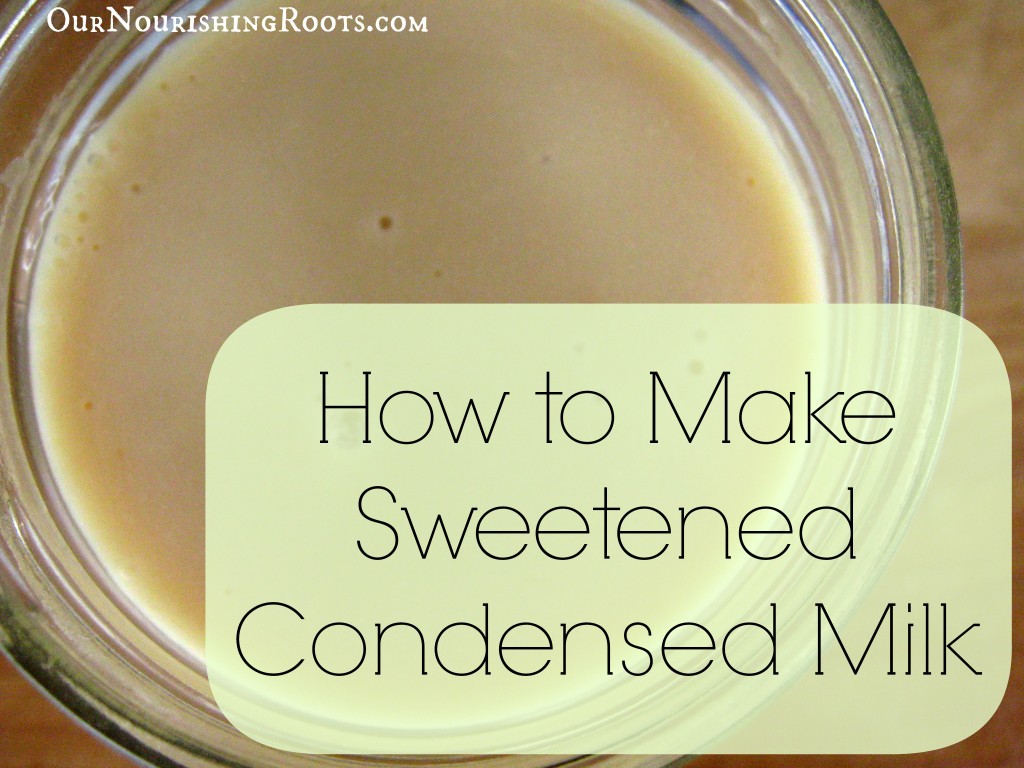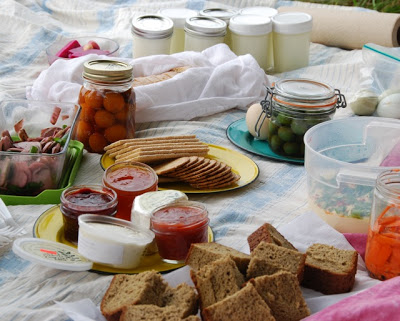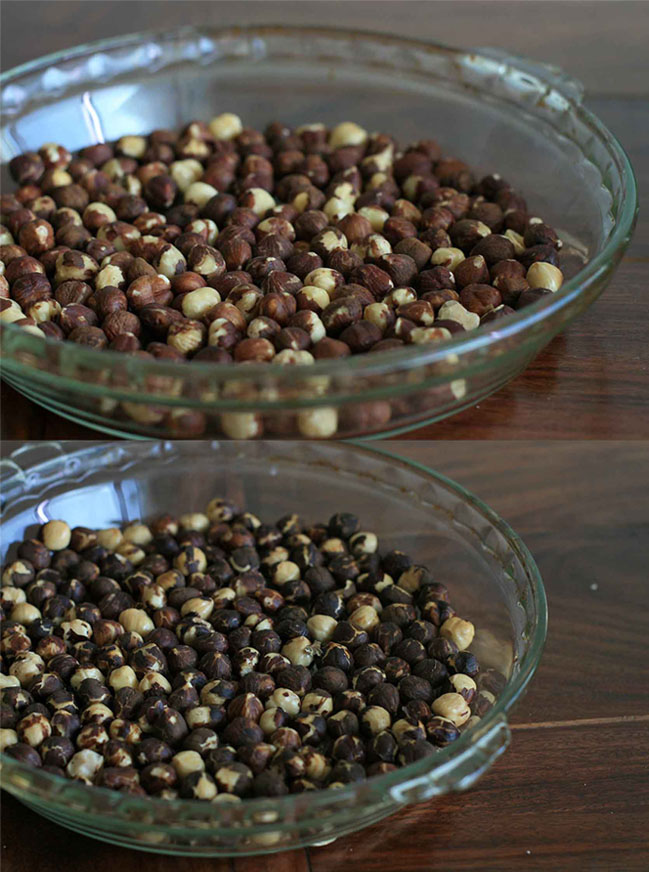The most obvious benefit of eating real whole foods is the improved overall well-being of your body. Your immune system gets stronger, you have more energy, and you start enjoying each bite of the food you eat more, savoring it and appreciating all the nutrients it contains. One of the less obvious benefits of a healthy diet is… improved oral health!
There are some heavily rooted misconceptions about what causes tooth decay. What gets the most blame is the S. mutans bacteria that reside naturally in human oral cavity. When you have cavities, you also have an abnormally large number of these bacteria in your mouth. But as it turns out, it’s not like they are the ones causing your tooth decay. They are actually useful because they prevent yeast overgrowth!
Now, if your teeth are in a bad condition then yes, the S. mutans can be dangerous to you. Weak teeth are in general more susceptible to decay. So instead of focusing on the bacteria, we should be focusing on strengthening our teeth so that we don’t need to fear any potentially harmful microorganisms.
So how can we do that?
Eating clean is certainly the first step to improving your body’s health, including your teeth. Some say that increased calcium intake is what prevents tooth decay. And while I don’t disagree, I don’t think it’s quite that simple. In my opinion, there are three main aspects to keeping your teeth strong and healthy:
- Vitamin K2
Vitamin K2 plays a major role in tooth remineralization. Together with vitamins A and D, vitamin K2 is also responsible for the absorption of nutrients found in food. So the bottom line is that if you are not getting enough vitamin K2, your body won’t be able to absorb all that calcium you’re eating to keep your teeth healthy. It’s critical to keeping your body well-supplied with all the necessary vitamins and minerals.
Vitamin K2 is commonly found in dairy products, especially butter and hard cheeses. Natto is also a good source of vitamin K2. Whenever I feel the need to supplement myself with some additional K2, I take care to eat more homemade broths, raw milk, and supplements like fermented cod liver oil.
- Metabolism
A healthy metabolism is needed in order to absorb vitamins and minerals from food. Perhaps your metabolism is already working as it should – in that case, you can skip this step. But if you often find yourself constipated, bloated, feel tired all day, experience chronic stress, then it’s probably a good idea to work on improving your metabolism first.
Eating whole foods, exercising, and leading a fit lifestyle in general is the key to having a well-functioning metabolism. What I recommend to people struggling with getting their metabolism up and running first is eating large and full of carbs breakfasts. This is a proven way of raising your body temperature and in turn, speeding up your metabolism. Take your basal temperature each day in the morning as you wake up to see if this method is working for you!
- The right toothpaste
Most commercial toothpastes contain plenty of potentially irritating ingredients that in the long run can cause people to suffer from serious health problems. These include:
- fluoride – a neurotoxin that has been linked with weakening of the bones, tooth discoloration, and kidney damage
- SLS (sodium laureth sulfate) – a well-known skin irritant
- vegetable glycerin – an irritating substance that coats your teeth as you brush them and lowers mineral absorption
- artificial flavors and colors – all kinds of chemical substances that are only there to make the toothbrushing process more enjoyable but often come from unspecified sources
So which toothpaste should you use? Search for toothpastes that are made from natural ingredients only as those are less likely to cause you any tooth irritation. Or even better, make your own toothpaste at home!
It’s really not that difficult and will give you that much needed peace of mind that you are not poisoning yourself and/or your family with commercial products. You know exactly what goes in it and you can even control the flavor by adjusting the amount of spearmint essential oil.
I’ll share with you a recipe for the homemade toothpaste we use at our house below. There aren’t any fancy ingredients in it and you can easily get everything online.
Here are the ingredients I use and what they each do:
- coconut oil – a saturated fat that has antibacterial and antiviral properties
- sea salt – a mineral source that will gently scrub away the teeth debris
- mineral powder – a great source of calcium that your body will absorb as you brush your teeth
- mineral drops – another mineral source
- spearmint essential oil – gives gentle mint flavoring and has anti-inflammatory properties
See, nothing suspicious, right? That’s why I think it’s worth taking the time to make a batch of homemade toothpaste now and then. Because you know that the natural ingredients won’t cause you any harm.
Necessary equipment:
- measuring spoons
- a small bowl
- a spoon for mixing
- a small glass jar with a lid for storage
Ingredients:
- 2 T. of expeller-pressed coconut oil
- 2 T. of green stevia powder
- 2 T. of baking soda
- 1 T. of mineral powder
- 1 t. of sea salt
- 10 mineral drops
- 40 drops of spearmint essential oil
Instructions:
- Use a small bowl to combine the coconut oil, green stevia powder, baking soda, mineral powder, and sea salt. Use a spoon to mix them well.
- Add in the mineral drops and spearmint essential oil. Mix to combine again.
- Your toothpaste is now ready! Transfer to a glass jar or an empty tube of regular toothpaste if you want.
My bathroom is relatively cool so I keep the jar of toothpaste there but if your bathroom is warm and not well-ventilated then you might need to keep your homemade toothpaste in the fridge or the ingredients will separate over time.

